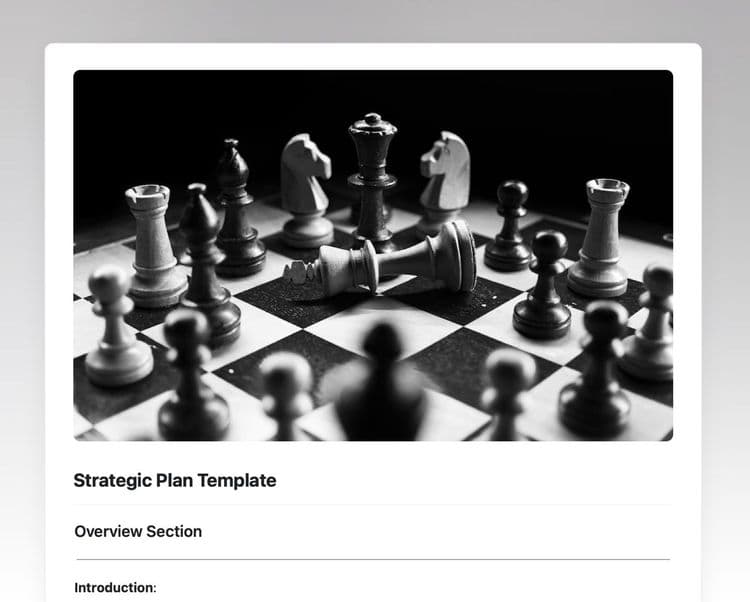When it comes to running effective staff meetings, the right structure is vital. A well-crafted staff meeting agenda can set the tone for a productive discussion, ensuring that all important topics are addressed. In this article, we will delve into the benefits of using a staff meeting agenda, the key components of our template, and the overall importance of staff meetings for any team or organization.
Understanding a staff meeting agenda
A staff meeting agenda is a tool used to outline the topics and activities planned for a staff meeting. This helps to organize the flow of the meeting, keep track of discussion points, and ensure that all relevant issues are covered. It's a roadmap for a successful meeting where team collaboration and decision-making are at the forefront.
Depending on your staff meeting's purpose, we have other specific team meeting templates that might be suitable:
The advantages of a structured staff meeting
- Clear focus: Having a structured agenda helps keep the meeting on track, avoiding side conversations and ensuring that the meeting covers all intended topics within the set time frame.
- Enhanced preparation: When team members receive the agenda in advance, they can come prepared to discuss the topics listed. This can lead to more in-depth discussions and productive outcomes.
- Improved efficiency: With a predefined agenda, meetings tend to be more efficient, as there's less risk of the conversation veering off-topic. Time is allocated effectively among various points of discussion.
Key elements of our staff meeting agenda template
- Meeting details:
- This section provides all the logistical information necessary for the meeting, including the date, virtual meeting link, the meeting lead, and a roll call of expected attendees.
- Announcements:
- A crucial part of the agenda dedicated to sharing important updates, ensuring that the whole team is informed about key company or team news.
- Old business:
- This segment revisits ongoing topics or unresolved issues from previous meetings, providing continuity and follow-up, which is essential for progress and accountability.
- New business:
- Here, new ideas and topics are brought forward, encouraging innovation and allowing team members to introduce fresh discussions that are vital for dynamic team growth.
- Open floor:
- An open floor session is included for any off-agenda topics. It’s a time for questions and open discussions, fostering a culture of openness and inclusion.
- Meeting close:
- The meeting concludes by summarizing the action items and agreeing on the next meeting date, ensuring everyone leaves with a clear understanding of the outcomes and future expectations.
Post-meeting, this agenda doubles as an official record of discussions and decisions, helping maintain transparency and serving as a reference for future follow-ups.
The importance of staff meetings
Staff meetings are more than just a routine catch-up; they are a strategic tool for team alignment, communication, and collaboration. They serve as a platform for sharing insights, tracking progress, and collectively brainstorming solutions to challenges. Staff meetings are crucial for managers, team leads, and members to stay connected to the company's heartbeat, especially in fast-paced or remote work environments.
Experience the impact of our staff meeting agenda template
Our template is designed to help you conduct staff meetings that are both effective and efficient. By implementing this agenda in your next meeting, you’ll promote better preparation, stronger focus, and enhanced team communication. Get started with our staff meeting agenda template today and lead your team meetings with confidence, knowing every minute is being used to its fullest potential.





